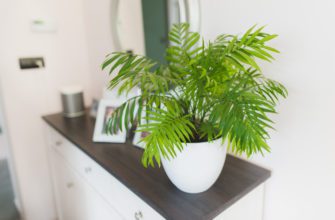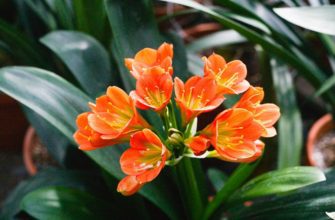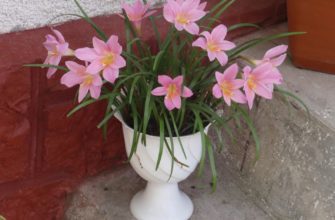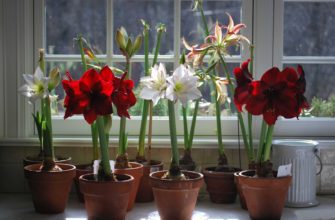Violets are elegant and delicate houseplants that are extremely popular among gardeners and home gardeners. Their colorful and graceful flowers bring joy and comfort to our homes. However, in order for violets to delight us with their beautiful flowers and give us joy, they need to be properly cared for.
In this article, we will tell you how to care for violets at home. You will learn how to choose a suitable place to place the plant, how to provide them with optimal lighting, temperature and humidity conditions. We will tell you about suitable soil and plant transplantation, as well as the necessary feeding and fertilizers for their growth and flowering.
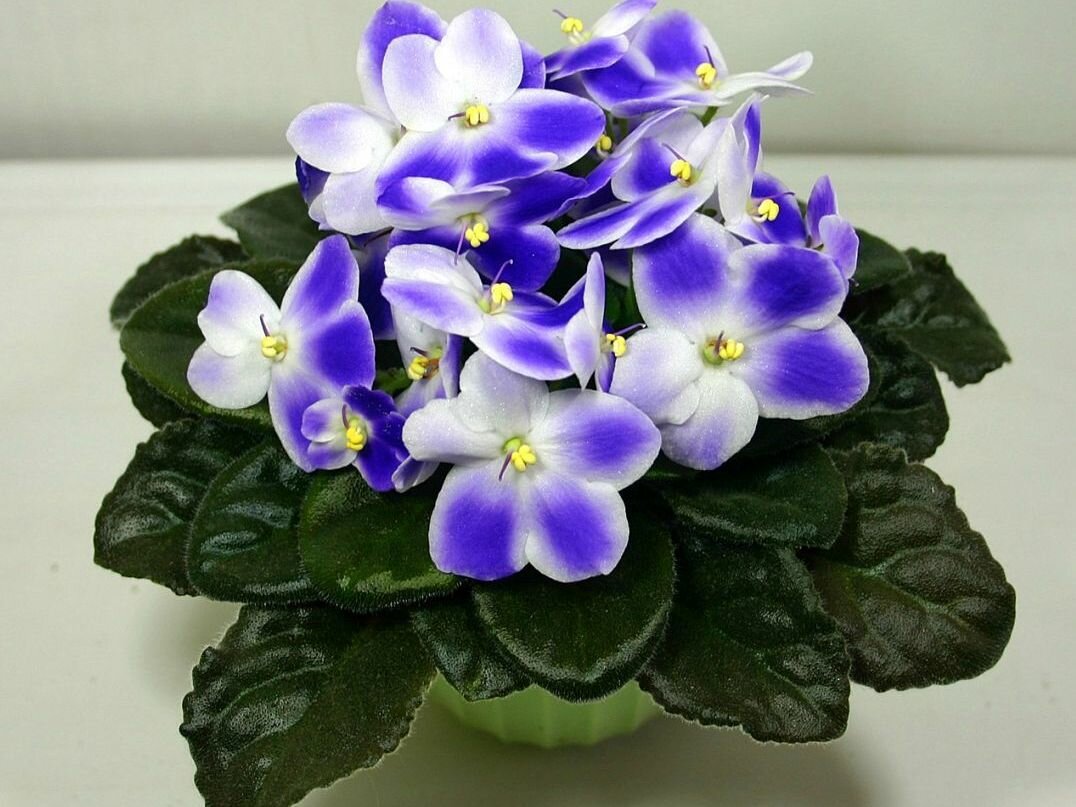
- Introduction to violets and their popularity as houseplants
- Care and maintenance of violets
- Choosing the right place for violets
- Watering and humidification
- Fertilizer and feeding
- Soil for violets
- Reproduction of violets
- Caring for Faded Flowers
- Possible diseases and problems with the plant
- Tips for caring for indoor violets
- Conclusion
Introduction to violets and their popularity as houseplants
Getting to know violets is a dive into the amazing and multifaceted world of this plant, which has won the hearts of millions of people around the world. Violets, or Saintpaulia, have become popular indoor plants due to their exquisite beauty, variety of varieties and ease of care.
Violets are small but very elegant plants with delicate leaves and beautiful flowers that can be of different shades: from bright and saturated to pastel and delicate. Due to the variety of shapes and colors, each violet is unique, like an artistic masterpiece of nature.
One of the main reasons for the popularity of violets is their relative ease of care. They easily adapt to home conditions, and their small size makes them an excellent choice for decorating window sills, tables, and other corners of the house.
Another attractive feature of violets is their ability to bloom almost all year round. They delight the eye with their bright flowers even in the cold winter months, when other plants stop blooming.
Violets also offer the opportunity for creativity and collecting. There are an infinite number of violet varieties and hybrids, allowing gardeners to choose plants with different leaf and flower shapes, creating unique compositions and collections.
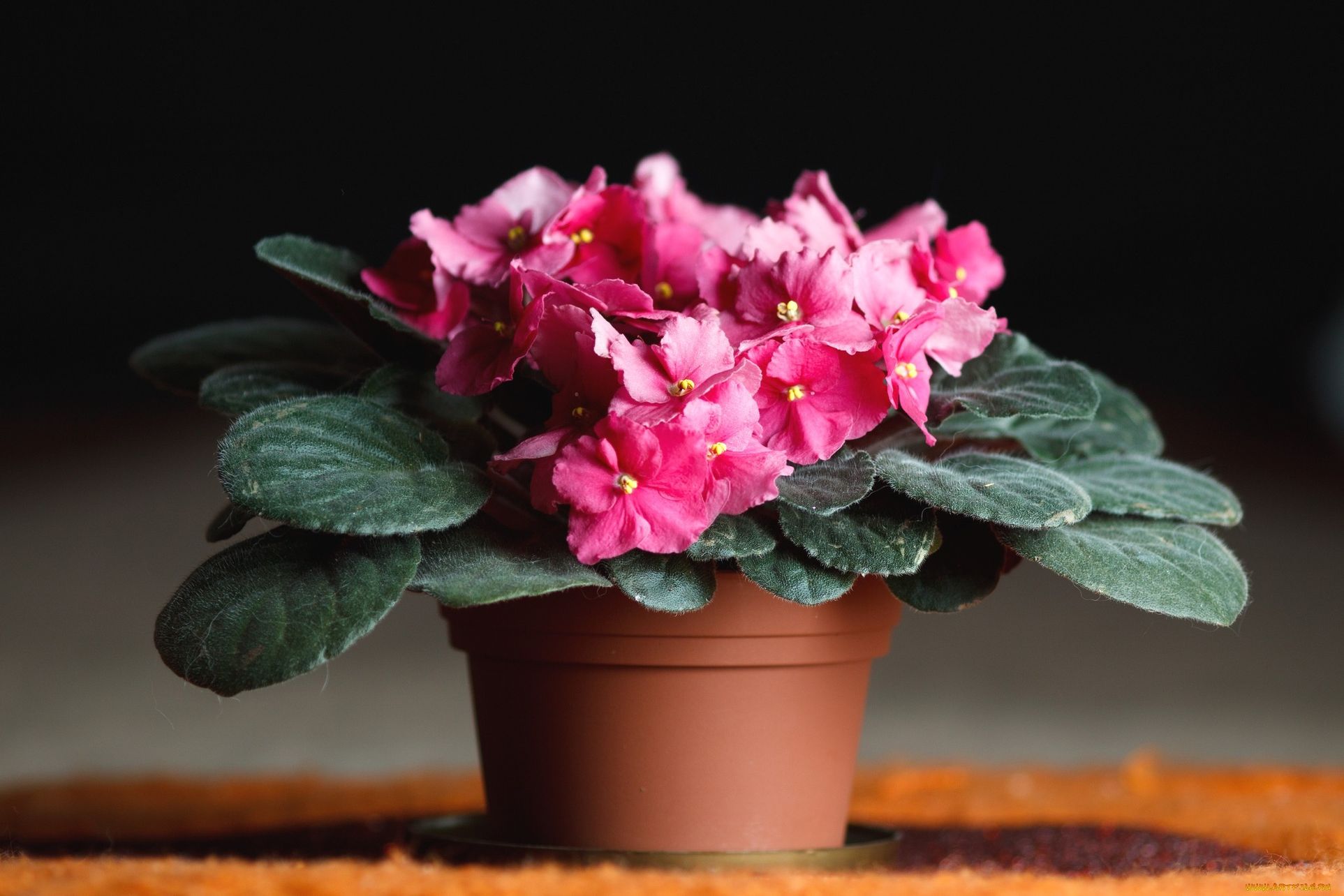
Care and maintenance of violets
Care and maintenance of violets is an easy and pleasant process, which includes proper watering, good lighting, regular feeding, periodic replanting and caring for the health of the plant.
Choosing the right place for violets
Violets prefer bright but diffused light, so the ideal location for placing violets is an east- or west-facing window. They also do well in north-facing windows, provided they are not covered by tall buildings or trees that block the light. Avoid direct sunlight, especially in the summer months, to avoid burning the leaves.
Watering and humidification
Watering is one of the key aspects of caring for violets. They like moderately moist soil, but do not tolerate excess moisture. Adjust watering depending on the season, ambient humidity, and soil condition. A tray or plate under the pot will help maintain optimal humidity levels. Also pay attention to humidifying the air around the plant, especially in winter, when heating devices dry out the air in the room.
Fertilizer and feeding
The plant needs regular feeding for healthy growth and abundant flowering. Use special fertilizers for orchids or violets, applied according to the instructions on the package. Feed the plant during the period of active growth and flowering, usually from spring to autumn.
Soil for violets
The optimal soil for violets is the key factor in their successful cultivation. Violets prefer light and well-drained soil that provides the right moisture and nutrition for the roots.
The ideal soil composition for violets includes peat, perlite and vermiculite. Peat has good water-retaining properties, which allows you to maintain the necessary moisture without creating excessive moisture stagnation. Perlite and vermiculite provide good air permeability and drainage, preventing root rot and over-wetting of the soil.
It is important to purchase a special mixture for violets, which already contains all the necessary components in the correct proportions. Such ready-made mixtures are usually readily available in gardening stores or online stores.
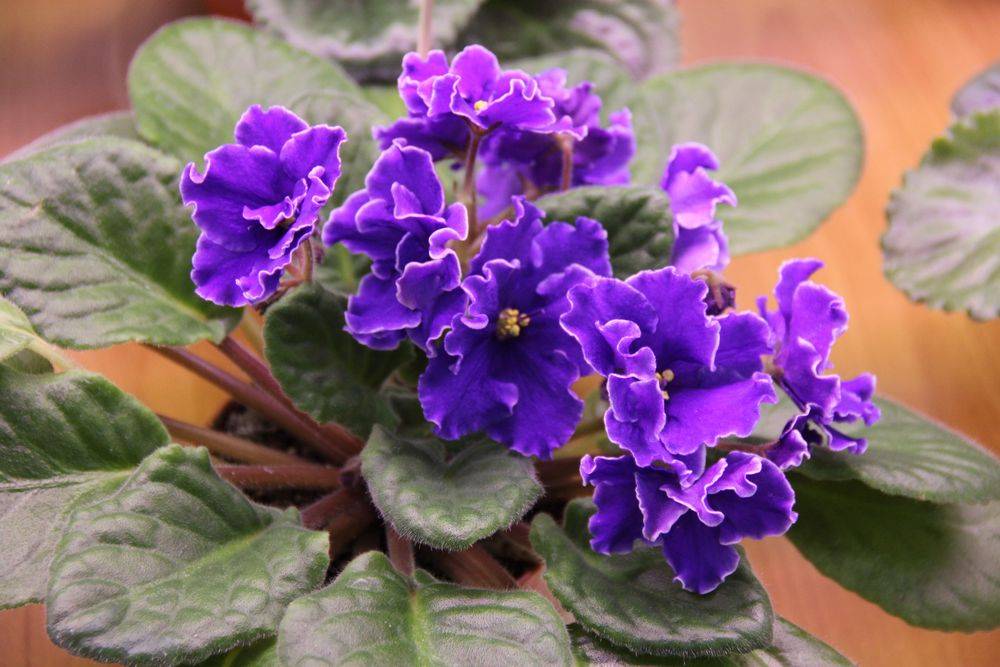
Reproduction of violets
Propagation of domestic violets is a fascinating and creative process that allows you to increase your plant collection or share your favorite varieties with friends. There are several ways to propagate violets, and each of them has its own characteristics.
- Propagation by cuttings: One of the most popular methods of propagating violets. To do this, cut off a healthy leaf with a petiole (leaf stalk) and a short-stemmed rosette. The cutting is placed in moist soil or water for rooting. After a few weeks, when roots and new leaves form, the cutting can be transplanted into a separate pot.
- Reproduction by babies: Violets can form small offshoots (lateral rosettes) on the stems. When large enough, the offshoots can be carefully separated from the mother plant and transplanted into a separate pot.
- Propagation by leaves: This method is suitable for violets with unusual or interesting leaves. A whole or cut leaf is placed in moist soil, and new rosettes grow from it.
- Propagation by seeds: This is the most labor-intensive method of propagation, requiring experience and patience. Violet seeds are collected after pollination of the flower and planted in a special seeding mixture. The process of growing seedlings can take several months.
Each method of propagating violets has its own characteristics and requires certain knowledge and skills. Choose the one that suits you best and enjoy the process of creating new plants that will decorate your home with their beauty and uniqueness.
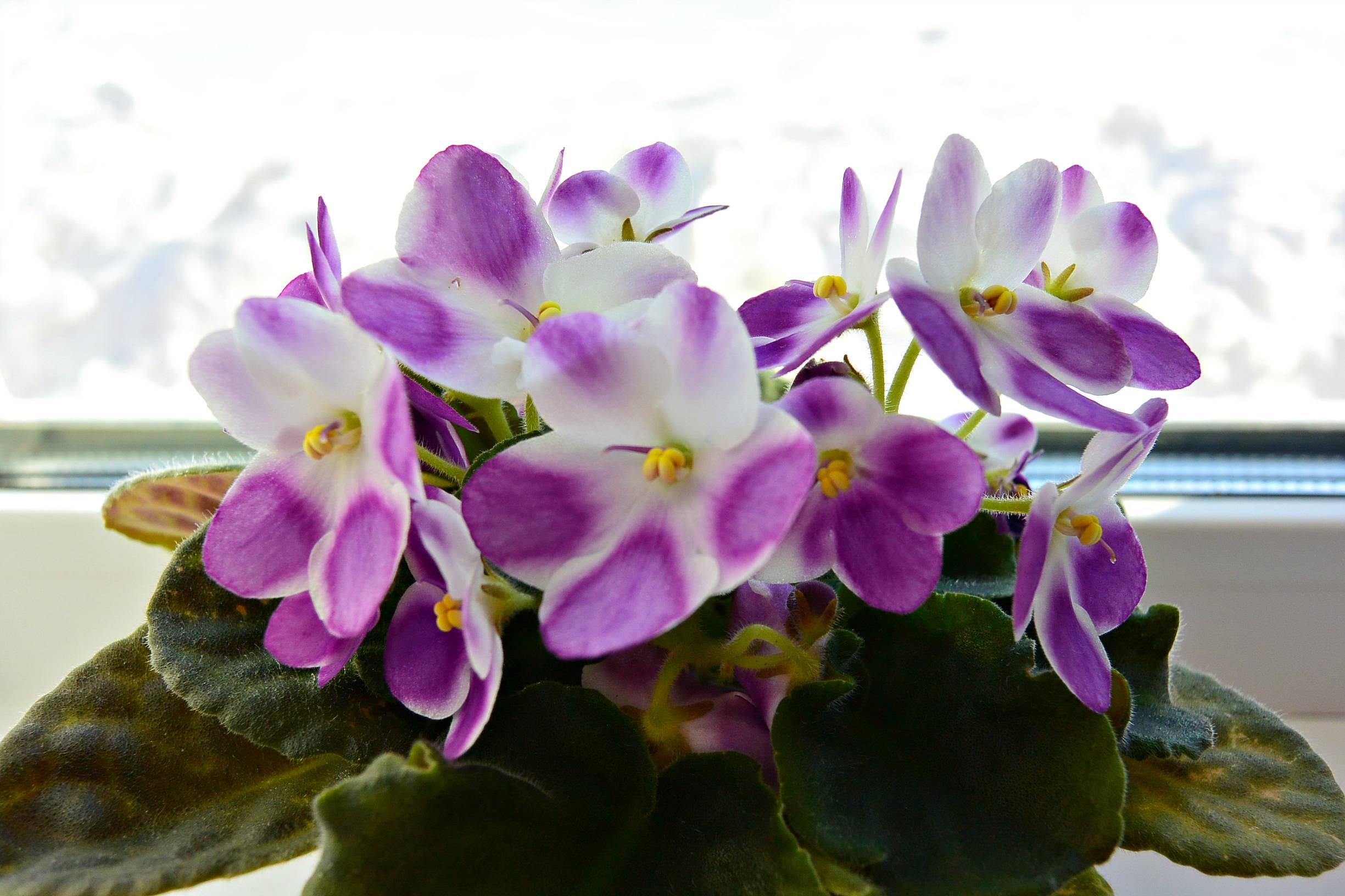
Caring for Faded Flowers
Caring for faded violet flowers is important to maintain the health of the plant and encourage reblooming. When violet flowers begin to fade, there are several steps you can take to ensure the plant has the best conditions for recovery.
- Removing faded flowers: After the flowers begin to fade, carefully remove them from the plant. This will allow the violet to conserve energy and not waste it on maintaining the faded parts.
- Top dressing: After flowering, violets require additional nutrition. Use special fertilizers for violets with increased phosphorus and potassium content, which promotes the development of the root system and the formation of new buds.
- Trimming: Trim off dead leaves and stems to improve ventilation and prevent fungal diseases.
- Humidification and lighting: Maintain optimal air humidity and moderate lighting to provide violets with comfortable conditions for recovery.
By following these recommendations, you will help your wilted violets recover and prepare for a new cycle of growth and flowering. Care and attention to the plants after flowering will help maintain their health and beauty for a long time.
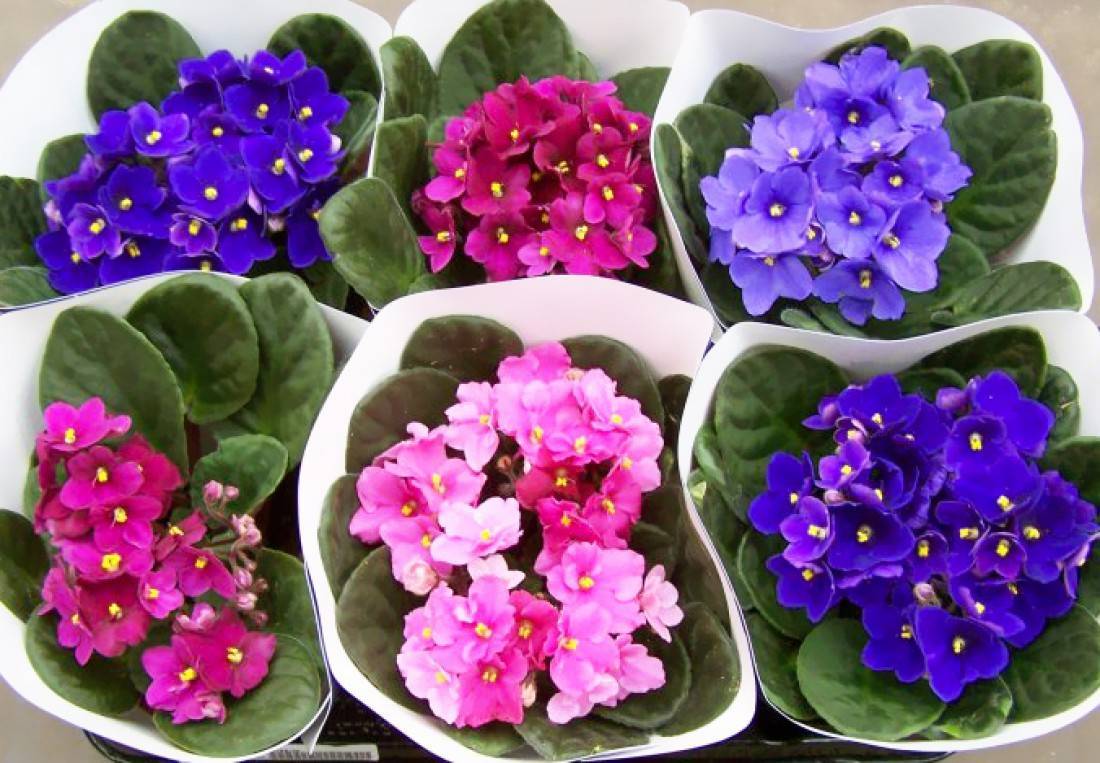
Possible diseases and problems with the plant
House violets, like other plants, are susceptible to various diseases and problems that can affect their health and beauty. Here are some of the possible diseases and problems that a house violet may encounter and how to prevent or treat them:
- Mealybug: This is a common problem with violets. It appears as a white, flour-like coating on the leaves and stems. To prevent mealybugs, keep the plants clean and avoid overwatering the soil. If you find an infestation, use special insecticides.
- Rust: This disease manifests itself as brown spots on the violet leaves. It often occurs due to high humidity or water getting on the leaves when watering. To avoid rust, try to water the plants thoroughly, but avoid getting water on the leaves.
- Root rot: This is a problem associated with overwatering and poor ventilation. Root rot can be caused by using soil that is too heavy or compact. To prevent root rot, use well-drained soil and water the plant moderately.
- Viruses: Violets can be susceptible to viral infections, which can cause various symptoms, such as discoloration of the leaves or deformation of the plant. If you notice these signs, isolate the infected plants and dispose of them immediately to prevent the spread of the infection.
To ensure the health and beauty of your indoor violet, regularly check the plant for signs of potential problems and diseases. Moderate watering, good ventilation, cleanliness, and the use of quality soil will help reduce the risk of problems and keep violets in excellent condition.
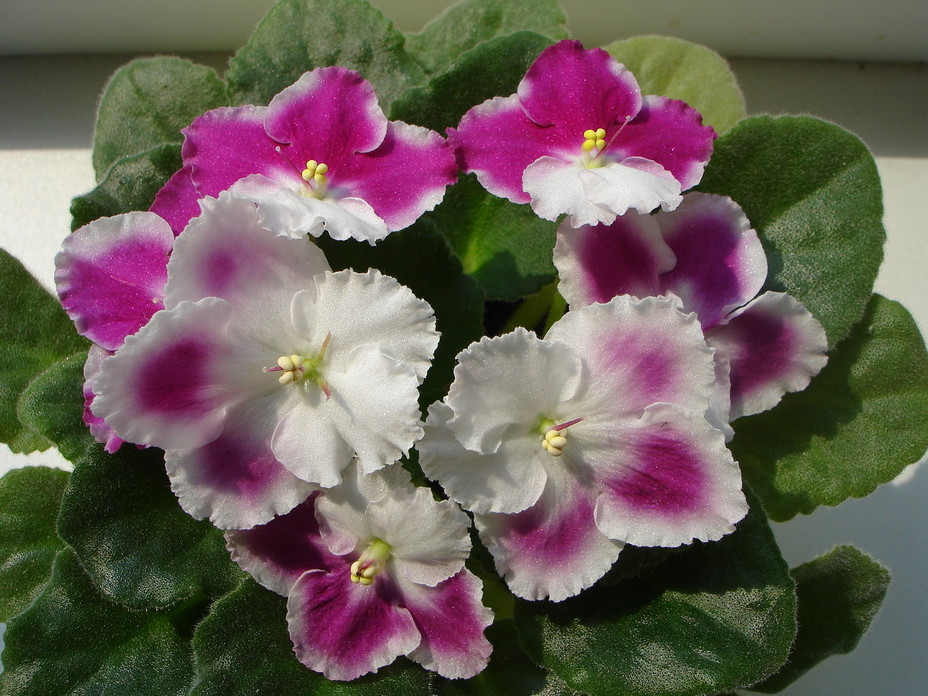
Tips for caring for indoor violets
https://youtu.be/Fy1fjwMYkfs
Conclusion
Violets are incredibly attractive and amazing plants that can decorate any interior and bring joy with their bright and graceful flowers. However, in order for them to please us with their beauty and health, it is necessary to provide them with proper care at home.
In our article, we have covered the key aspects of caring for violets, starting with choosing the right place to place the plants. Proper lighting, optimal temperature and humidity all play an important role in caring for violets.
The soil in which violets grow also has its own characteristics. A well-drained and light substrate ensures healthy roots and promotes active plant growth. Periodic replanting into fresh soil is also important for the health of violets.

